A well pump is an essential component of a water well system. It is responsible for delivering fresh water from the underground aquifer to your home or building. Without a functioning well pump, you won’t have access to clean water for drinking, cooking, and other household uses.
Over time, like any mechanical equipment, a well pump can wear out and fail. This can be a frustrating experience, especially if you rely on your well for all your water needs. It’s important to know the signs of a failing well pump so that you can address any issues before they become major problems.
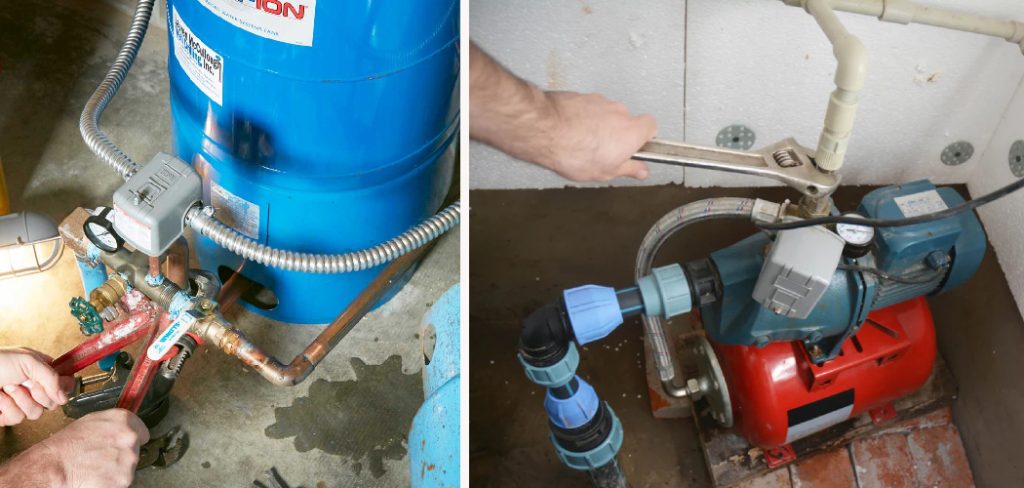
In this guide, we will discuss how to tell if my well pump is bad and what steps you can take to fix or replace it. So let’s dive in and learn more about well pumps!
Understanding Well Pump Basics
Before we dive into the signs of a bad well pump, it’s essential to have a basic understanding of how a well pump works. A well pump is typically located deep underground and is powered by electricity or solar energy. It draws water from the aquifer through a pipe and delivers it to your home through another pipe.
The most common type of well pump is the submersible pump, which is entirely submerged in the water. It uses a motor to push water up from the aquifer and into your home. Other types of good pumps include jet pumps, which are above ground and use suction to draw water up from the aquifer. No matter the type, a well pump is designed to provide a steady flow of water to your home.
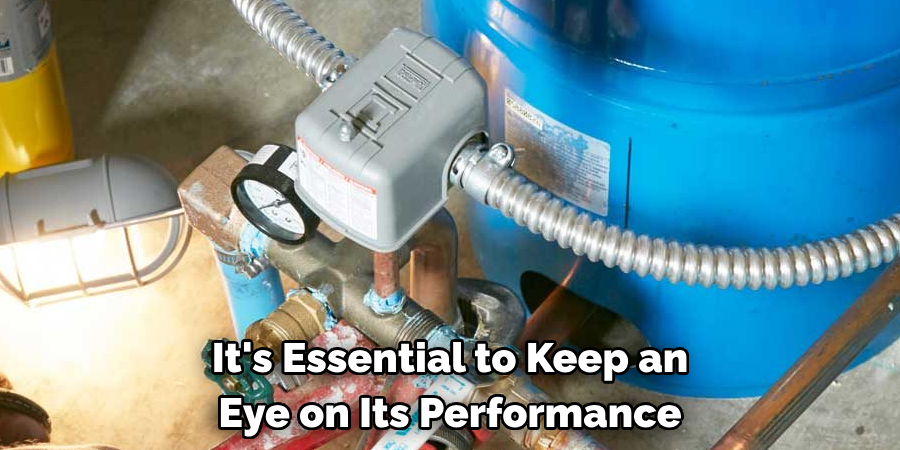
11 Best Signs on How to Tell if My Well Pump is Bad
1. Air Bubbles in Your Water:
One of the most obvious signs that your well pump is bad is if you start noticing air bubbles in your water. This indicates that there is a leak or crack somewhere in the well system, and air is being sucked into the pipes along with the water. If this happens, it’s essential to address the issue immediately as it can lead to further damage and contamination of your water supply.
2. Low Water Pressure:
A failing well pump will have trouble delivering water at the same pressure as before. If you notice a decrease in water pressure when using faucets, showers, or other household appliances that require water, it could be a sign that your well pump is bad. If the issue persists, it’s best to get your well pump inspected by a professional. Make sure to also check your pressure tank as it could be the cause of low water pressure.
3. Strange Noises:
If you start hearing strange noises coming from your well pump, such as grinding or screeching sounds, it’s a sign that something is off. This could indicate a malfunctioning motor or worn-out bearings in the pump. These issues can cause the pump to work harder, which can lead to further damage and eventually failure. Make sure to address any unusual noises promptly.
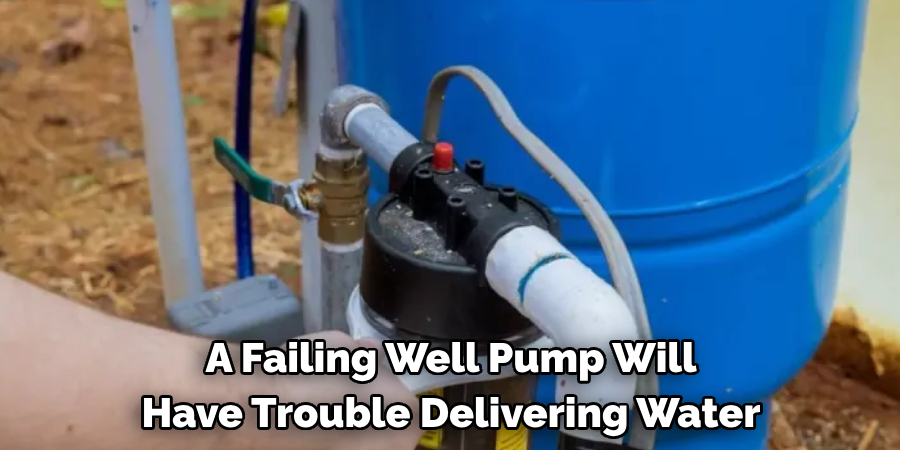
4. Spotty Water Supply:
A well pump that is on its way out may struggle to maintain a consistent water supply. You may notice periods where you have no water or very little water coming from your faucets. This could be due to clogs, leaks, or other issues with the pump. If you experience frequent disruptions in your water supply, it’s a sign that your well pump needs attention.
5. High Electricity Bills:
If you have noticed an increase in your electricity bills without any other changes in your household, it could be due to a failing well pump. As the pump starts to malfunction, it will use more energy to function properly, resulting in higher electricity bills. If you see a significant increase in your bills, it’s worth checking your well pump. This could also indicate other issues with your well system, such as a leak or clog.
6. Dirty or Cloudy Water:
Another sign of a failing well pump is cloudy or dirty water. A well pump that is not functioning properly may have trouble filtering out sediments and other impurities from the water. This can result in discolored, cloudy, or even foul-smelling water. If you notice any changes in the color, taste, or smell of your water, it’s essential to get your well pump checked.
7. Constantly Running Pump:
Your well pump should only turn on when there is a demand for water and shut off once the demand is met. If you notice that your pump is constantly running, it’s a sign that something is wrong. This could be due to a damaged pump or an issue with the pressure tank. A constant running pump can lead to increased energy usage and wear out the pump faster. It’s best to get it checked by a professional.
8. Water Leaks Near the Well System:
If you notice any water leaks near your well system, it could be due to a bad pump. A damaged or failing pump can cause leaks in the pipes or around the well casing. These leaks can lead to further damage and contamination of your water supply if not addressed promptly. Make sure to have any leaks near your well system inspected and repaired.
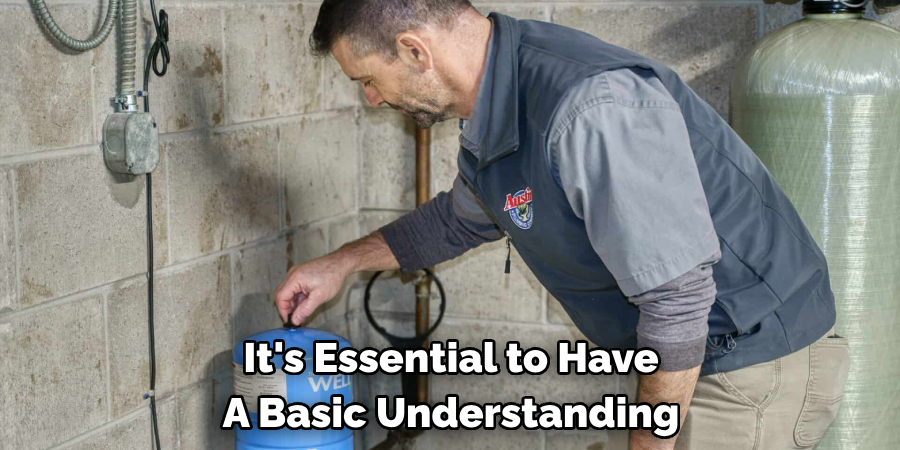
9. Age of the Well Pump:
Like any mechanical equipment, a well pump has a lifespan, typically ranging from 10-15 years for submersible pumps and 20-25 years for jet pumps. If your well pump is approaching or past its expected lifespan, it’s essential to keep an eye on its performance and get it inspected regularly. Older pumps are more prone to failure and may require replacement. If your pump is well past its expected lifespan and showing signs of wear, it’s time to consider a replacement.
10. Fluctuating Water Pressure:
A well pump that is starting to fail may also cause fluctuations in water pressure. You may notice the pressure changing while you’re using water or when there’s no demand for it at all. This could be due to a damaged pump or an issue with the pressure tank. If you experience fluctuating water pressure, it’s best to get your well pump checked by a professional.
11. Visible Rust or Corrosion:
If you’re able to access your well pump, take a look at its exterior for any signs of rust or corrosion. This could indicate that the pump is starting to wear out, and its internal components may be damaged. Rust and corrosion can weaken the pump’s structure, leading to further damage and potential failure. If you notice any signs of rust or corrosion on your well pump, it’s best to get it inspected by a professional.
Following these signs can help you determine if your well pump is bad and needs attention. It’s essential to regularly maintain and inspect your well pump to ensure it functions properly and provides a steady flow of clean water to your home. If you notice any of these signs, make sure to get your well pump checked by a professional immediately to avoid further damage and potential contamination of your water supply. So, it’s crucial to be aware of these signs and address them promptly to ensure the longevity and efficiency of your well pump.
Additional Tips and Tricks to Tell if My Well Pump is Bad
1. If your well pump is making strange noises, such as grinding or screeching sounds, this could be a sign that it is failing. It’s important to listen for any unusual noises and address them promptly.
2. Another indicator of a bad well pump is decreased water pressure. If you notice that your faucets are not producing as much water flow as they used to, this could be a sign that your good pump is not functioning properly.
3. Keep an eye on your electricity bill. If you see a sudden increase in usage without any changes in your household, this could be due to a faulty well pump. A malfunctioning well pump may require more energy to operate efficiently, resulting in higher electricity bills.

4. Regular maintenance and check-ups can help prevent major issues with your well pump. Schedule routine inspections from a professional to ensure that your well pump is in good working condition.
5. Pay attention to the age of your well pump. Most pumps have a lifespan of 15-20 years, so if your pump is reaching this age range, it’s important to keep a closer eye on its performance and consider replacing it if necessary.
6. Consider investing in a pressure gauge to monitor the water pressure in your system. This can help you detect any sudden drops or fluctuations, which could be a sign of a failing well pump.
7. If you notice any discoloration in your water, this could also be an indication of a bad well pump. A malfunctioning pump may draw sediment and debris into your water supply, causing it to appear cloudy or discolored.
8. Keep the area around your well pump clear of any debris or obstructions. This will help with proper ventilation and allow for easy access in case of maintenance or repairs.
9. Educate yourself on the warning signs of a failing well pump and familiarize yourself with troubleshooting techniques. This will help you address any issues that may arise quickly and effectively.
10. Consider installing a backup power source for your well pump, such as a generator or battery backup system. This can provide peace of mind in case of power outages or other electrical issues that could affect the performance of your well pump.
Following these additional tips and tricks can help you properly maintain your well pump and detect any potential issues before they become major problems. Remember to always consult a professional if you are unsure about the condition of your well pump or if you experience any sudden changes in its performance. Taking care of your well pump is essential for ensuring a reliable water supply for your household. So, it is important to stay vigilant and address any issues promptly to avoid costly repairs or replacements in the future. Happy pumping!
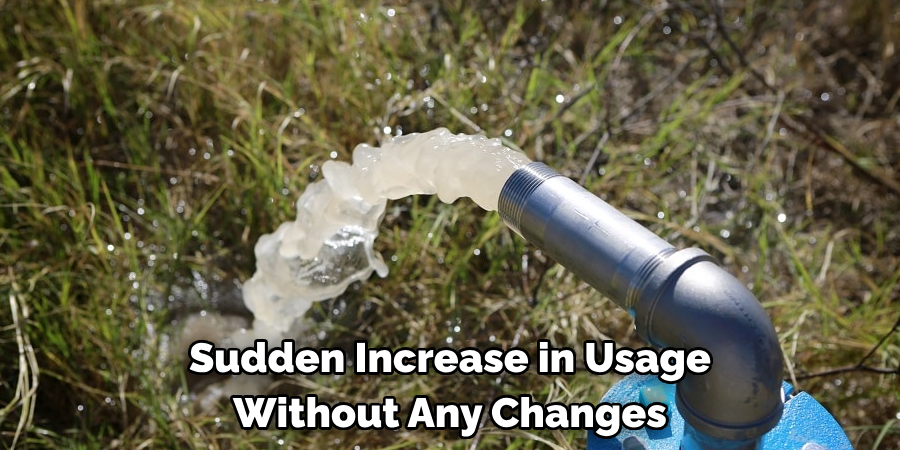
Maintenance Tips for Well Pump
1. Regular Inspection:
It is essential to inspect your well pump regularly, at least once every six months. Check for any visible signs of damage or wear and tear such as cracks, leaks, or rust. It is also crucial to check the pressure gauge and ensure that it is at the recommended level. Regular inspections can help identify any issues early on and prevent costly repairs in the future.
2. Test the Pump’s Performance:
Aside from regular visual inspections, it is also necessary to test your well pump’s performance periodically. You can do this by running the pump for a few minutes and monitoring its water pressure and flow. If you notice any significant changes or irregularities, it might be a sign of a problem that needs to be addressed.
3. Keep the Area Around the Pump Clean:
The area around your well pump should always be kept clean and free from debris or clutter. This not only prevents obstructions that can affect the pump’s performance but also reduces the risk of accidents or injuries. Make sure to clear out any leaves, grass, or other objects that may have accumulated around the pump.
4. Check and Replace Filters:
Well, pumps often have filters that need to be checked and replaced regularly. These filters help prevent sediment, sand, and other particles from entering the pump and causing damage. It is recommended to check the filters every few months and replace them if necessary.
5. Test the Water Quality:
Another important maintenance task for your well pump is to test the water quality periodically. This includes checking for any changes in color, odor, or taste of the water. If you notice any unusual changes, it could be a sign of contamination or a failing pump. In such cases, it is crucial to address the issue immediately for the safety of your household.
6. Keep an Eye on the Well’s Water Level:
It is also essential to monitor the water level in your well regularly. If you notice that the water level has significantly decreased, it could be a sign of a problem with your well pump. Low water levels can result in the pump overheating and causing damage, so it is crucial to address any issues promptly.
7. Schedule Professional Maintenance:
While regular DIY maintenance is essential, it is also necessary to schedule professional maintenance for your well pump at least once a year. Professionals have the expertise and equipment to thoroughly inspect and service your well pump, ensuring its optimal performance and longevity. Additionally, they can also catch any potential problems early on and prevent them from escalating into costly repairs.
Following these maintenance tips can help prolong the life of your well pump and ensure its efficient performance. Keep in mind that neglecting regular maintenance can result in expensive repairs or even a complete replacement of the pump, so it is better to stay proactive and take proper care of your well pump. So, make sure to be diligent with your well pump’s maintenance and address any issues promptly to avoid any inconvenience or unexpected expenses. Happy pumping!
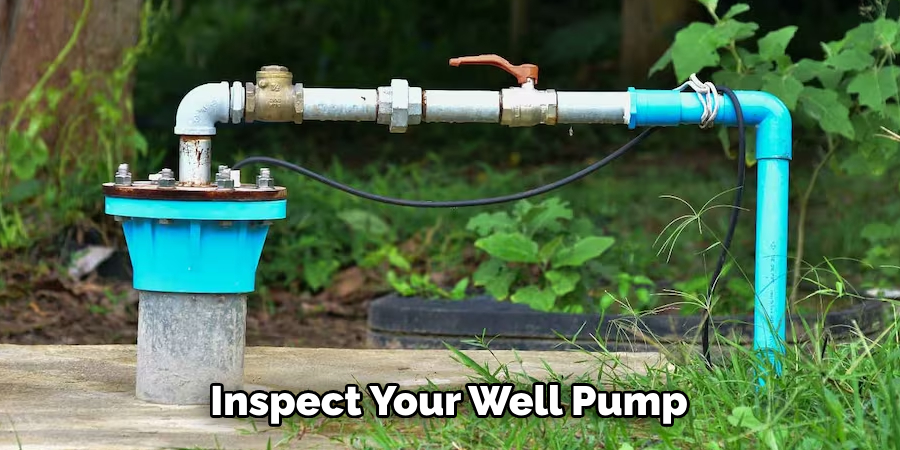
Frequently Asked Questions
How Does a Well Pump Work?
A well pump is a mechanical device that extracts water from underground sources such as wells, cisterns, or reservoirs. It typically consists of two main components – the pump and the motor. The pump pulls water from the well and delivers it to the surface through a series of pipes, while the motor provides power to the pump to make it work.
How Do I Know if My Well Pump is Bad?
Several signs can indicate a problem with your well pump. The most common one is a lack of water or low water pressure in your household. This could mean that the pump is not working properly and is unable to deliver enough water to meet your needs. Another sign of a bad well pump is strange noises coming from the pump, such as grinding or whirring sounds. Additionally, if you notice that your electricity bill has suddenly increased without any other changes in your household, it could be a sign that your pump is running inefficiently and needs to be repaired or replaced.
How Often Should I Have My Well Pump Inspected?
Regular maintenance and inspections are crucial for the proper functioning of your well pump. It’s recommended to have a professional inspect your pump at least once a year, preferably before the start of the summer season when it is used frequently. This can help catch any potential issues before they become major problems and ensure that your well pump will continue to work efficiently.
What Can I Do to Extend the Lifespan of My Well Pump?
Proper maintenance and care can significantly extend the lifespan of your well pump. This includes regular inspections, keeping the area around the well clean and free of debris, and addressing any issues promptly. It’s also essential to use your well pump correctly and avoid overworking it, as this can cause premature wear and tear.
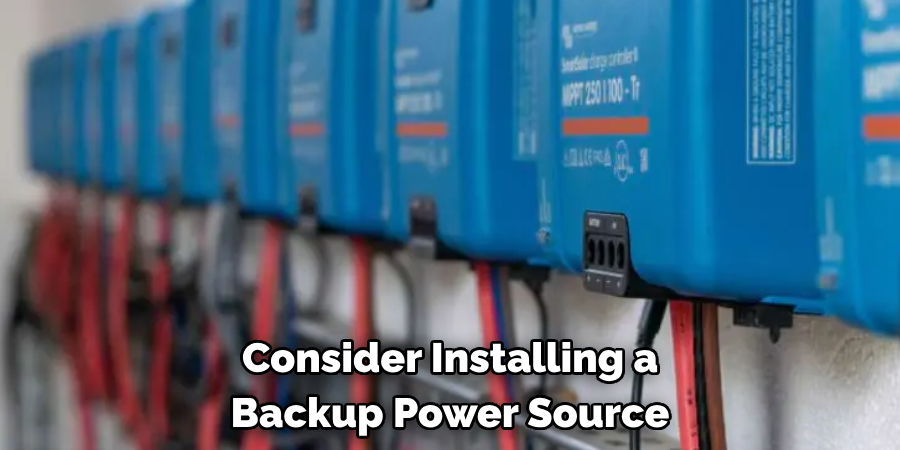
Conclusion
Knowing how to tell if my well pump is bad is essential for maintaining a reliable and efficient water supply in your household. By understanding how a well pump works and being aware of common signs of a bad well pump, you can take the necessary steps to ensure that your pump continues to function properly.
Regular maintenance, proper care, and timely repairs or replacements can help extend the lifespan of your well pump and save you from unexpected expenses in the long run. If you have any concerns about your well pump, it’s always best to consult a professional for expert advice and assistance. So, take care of your well pump and enjoy a consistent supply of clean water for years to come!

